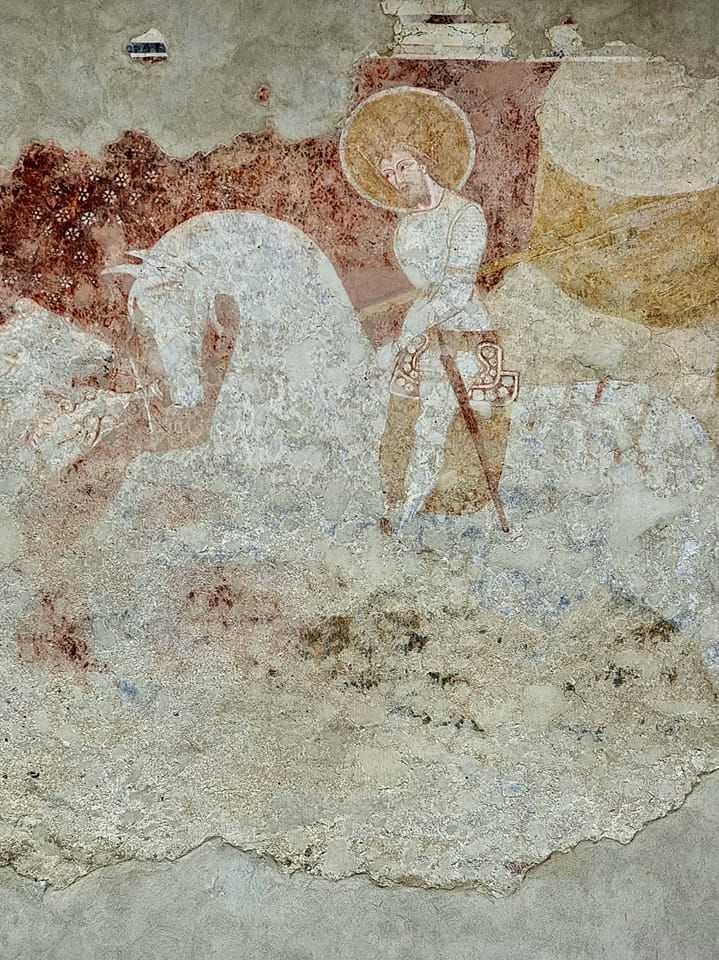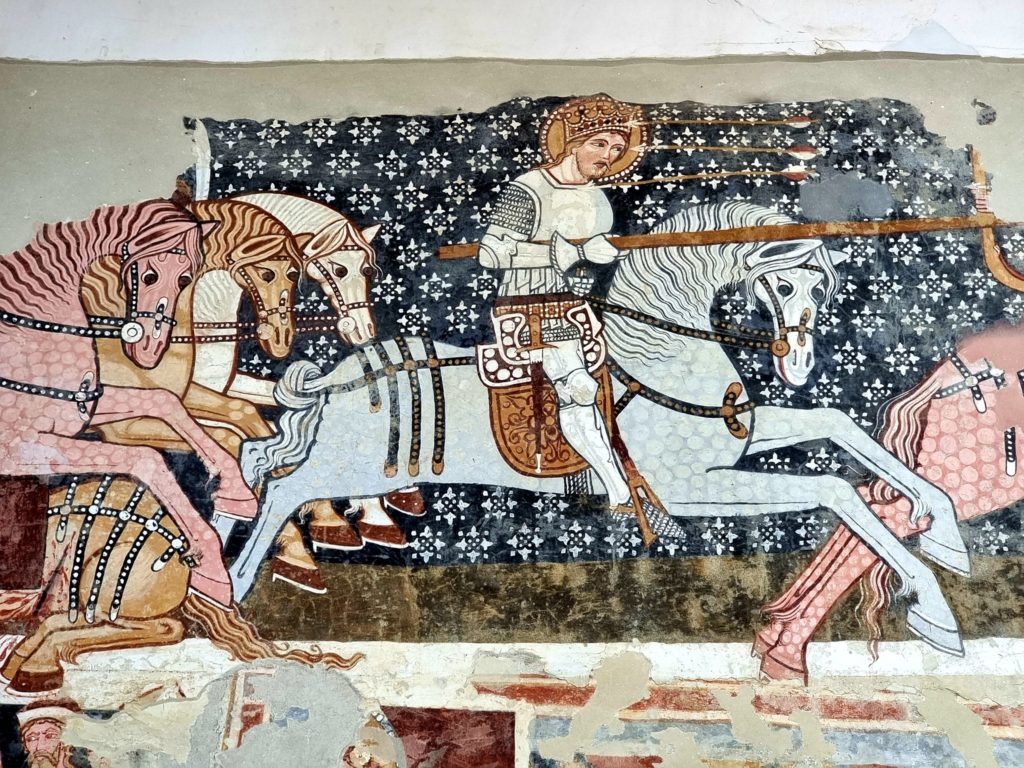
Székelyszentlélek (formerly Szentlélek, Bisericani in Romanian) is a Hungarian Székely village in Transylvania, Romania, in Hargita County. Located 10 km north-west of Székelyudvarhely (Odorheiu Secuiesc), it is one of the oldest settlements in Felső-Nyikómente region and has been inhabited since ancient times. The village was named after its church, which was built and consecrated to the worship of the Holy Spirit. In 1333, it was first mentioned as Sancto Spiritu.

The village has a church surrounded by a low stone wall, an ethnographic museum next to the church, and fourteen different springs on the outskirts of the village. The church is a medieval monument, dated by Orbán Balázs to the end of the 13th century. The semicircular frame of the tower base opening into the nave and the semicircular windows of the nave are from this period.

The early construction of the church is supported by the presence of the name of the village in the papal tithe register, but the stone parapet of the nave was built in the Baroque period. The tradition says that one year, on the feast of Pentecost, snow fell on the place where the church now stands, because snow is a symbol of purity, and the church was built in honor of the Holy Spirit. In the 17th century, the church was ravaged twice by Crimean Tatar invasions.

It was the birthplace of Ágoston Péter, a preacher and clerical writer, and Benedek Simon, Dr. Páter Benedek Fidél, a Franciscan monk, Hungarian historian, and theological writer.

On the top of Gordon Hill, near Székelyszentlélek, a 20-meter-high metal Jesus lookout has been built, from which you can see the entire Udvarhelyszék region (Odorhei) and even the surrounding larger mountains (Fogaras, Hargita).

Recently, a unique mural painting was discovered on the outside wall of the church, depicting King Saint László fighting a bear.

Numerous studies have been written on the veneration of Saint László the Knight-King, not least on the frescoes of the saint himself in the Carpathian Basin. However, since we are talking about frescoes – treasures hidden under lime and wall paint – it is not surprising that more and more new works are being discovered, such as the depictions of St. László in Székelyszentlélek or Somogyom.

During the works on the outer wall of the Roman Catholic Church in Székelyszentlélek, a fresco of St. László, or more precisely a group of paintings, was discovered on the northern wall of the nave in the summer of 2019, which art historians consider to be of high artistic quality. Apart from the figure of our holy king, it also depicts another armored saint, George the Dragon Slayer. The work, which dates from the early 15th century, presents a familiar central theme: the knight-king as a soldier of Christ (miles Christianus) who protects his people from all dangers.

The double mural is framed in white and has a striking background-color: blue for the intellect and red for the instincts. The most interesting aspect of the work is the use of a relatively rare (but not entirely unprecedented in Europe) symbol, the bear, to represent St. László’s enemy in the iconic battle. The knight-king holds in his hand the appropriate instrument for the fight, a winged spear suitable for hunting bears, the tip of which he points at the chest of the big beast. The animal’s paws almost encircle the tip of the spear and pull it inward.

In medieval Christian symbolism, there is no generally accepted explanation for the precise and unambiguous meaning of the figure of the bear, since in heraldry, for example, it has a positive connotation (power, protective force, as a royal animal, an indicator of nobility, etc.), but in religious traditions (because of the symbol’s “pagan” past) it has a negative connotation (the devil, evil, embodiment of carnality, bestiality, representative of nobility, etc.). ).

In religious traditions (because of the symbol’s “pagan past”) it was considered to have a negative connotation (the devil, evil, embodiment of carnality, bestiality, representative of the seven cardinal sins of gluttony and wrath), while in contemporary literature it was considered to be a symbol of love and desire. If we compare the Székelyszentlélek mural with the contemporary depictions of the legend of Saint László, it is clear that the bear represents the inferior powers, the darkness, and that is what our knight-king is fighting against.

The collection of murals is therefore remarkable not only because it is a work of art from the past, but also because it is a unique representation of St. László, which even art historians consider unparalleled. However, the figure of St. László in Székelyderzs is very similar to the mural in Székelyszentlélek, perhaps the same artist painted them.

In 1910 the number of Hungarian inhabitants was 594, in 1992 it was 634.
You can read more about the history and the murals of Székelyderzs on my page:
Sources: Wikipedia, Romkat.ro, Batha Tibor
Dear Readers, I can only make this content available through small donations or by selling my books or T-shirts:
If you like my writings, please feel free to support me with a coffee here: https://www.buymeacoffee.com/duhoxoxa
You can check out my books on Amazon or Draft2Digital, they are available in hardcover, paperback, or ebook:
https://www.amazon.com/dp/198020490X or at https://books2read.com/b/boYd81

My work can also be followed and supported on Patreon: Become a Patron!http://Become a Patron!

[wpedon id=”9140″]
Here are more pictures of Székelyszentlélek:

























































